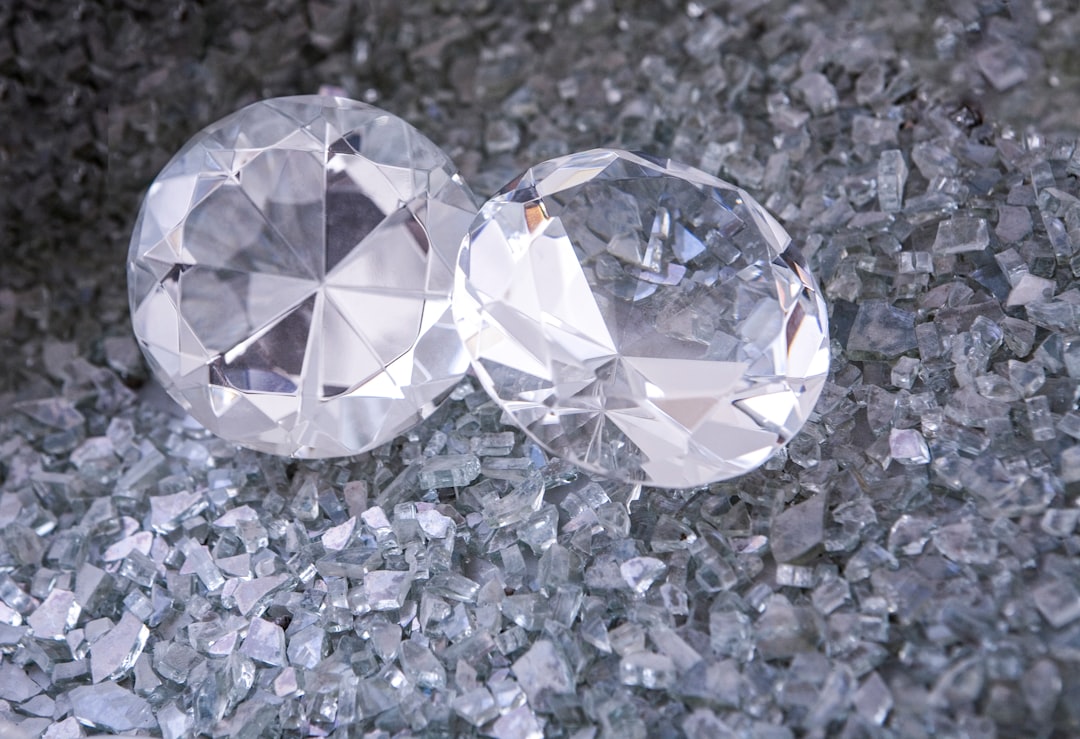What is it about?
There are two aspects to this study. 1. it was one of the first successful attempt in deforming a single free standing nano-particle. 2. Intermetallic compounds like Ni3Al are very brittle in bulk size, so it was an attempt to show that at nano-sizes the deformation of material is different than in bulk. The particle we used were ~300 nm cubic Ni3Al nano-particle electro-chemically extracted from Ni-superalloys. The shear size scale poses a challenge as first one needs to isolate a single particle from the bulk powder and then deform it. The whole operation was done inside a scanning electron microscope (SEM) using micromanipulators to handle particle and perform deformation.
Featured Image
Why is it important?
Imporatn aspects are many in this study. Firstly, one can imagine the challenges in deforming single particle of nano-size. Secondly, to understand why deformation of an intermetallic phase, which is brittle in bulk is very ductile in nano size. Thirdly, previous attempts of nanoscale deformation was on micro/ nano-pillars which are attached or curved out of a subtrate much larger and therefore easier to handle. Otherwise use nano indentation on bulk material. in both approach larger (at least microscale objects are used in deformation. Our attempt was to use a single nanoparticle. deformation of freestanding particle is also different from a micropillar which is attached to the substrate on one end - which imposes restriction for deformation.
Perspectives
There was also another aspect to the whole study. If one truely wants to assemble devices in microscale (i.e. in the scale of the size of a bacteria) one needs to shape components in nano-scale. There are different ways people approach this challange - e.g. built the nano-scale component atom by atom up, or use lithoography to cut out a substrate to produce a functional device. We took the approach of the old traditional 100 years old forging route. Only we changed the scale of the operation. So we tried successfully to shape a single nano-particle from the cube to a different shape by deforming the cube. We could do this at room temperature, i.e. without heating. And in later attempts (published elsewhere) we successfuly shaped the cubic into desired shape.
Dr Debashis Mukherji
Technische Universitaet Braunschweig
Read the Original
This page is a summary of: Deformation behaviour of freestanding single-crystalline Ni3Al-based nanoparticles, International Journal of Materials Research (formerly Zeitschrift fuer Metallkunde), May 2011, Carl Hanser Verlag,
DOI: 10.3139/146.110504.
You can read the full text:
Contributors
The following have contributed to this page










